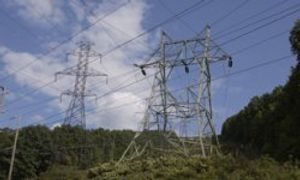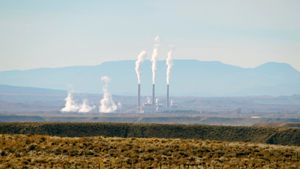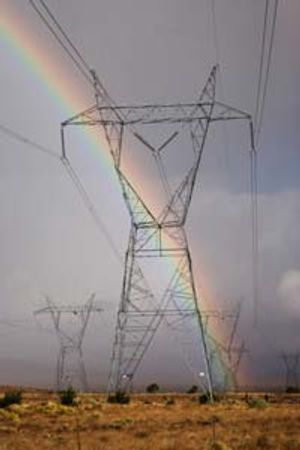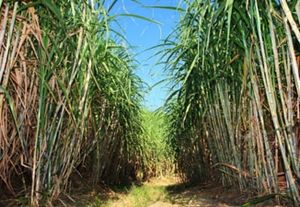Advertisement
Key Takeaways
- Running a 100-watt light bulb 24 hours a day for a year requires 876 kWh of electricity, translating to the combustion of approximately 714 pounds (325 kg) of coal in a coal-fired power station.
- Coal power plants operate with about 40 percent efficiency, meaning only 40 percent of the thermal energy from coal is converted into electrical energy.
- Beyond electricity, burning coal for such energy produces significant pollutants, including sulfur dioxide, nitrogen oxides and carbon dioxide, contributing to acid rain, smog and global warming, respectively.
We'll start by figuring out how much energy in kilowatt-hours the light bulb uses per year. We take the power it uses in kilowatts and multiply that by the number of hours in a year. That gives 0.1 kW x 8,760 hours or 876 kWh.
The thermal energy content of coal is 6,150 kWh/ton. Although coal-fired power generators are very efficient, they are still limited by the laws of thermodynamics. Only about 40 percent of the thermal energy in coal is converted to electricity, so the electricity generated per ton of coal is 0.4 x 6,150 kWh or 2,460 kWh/ton.
To find out how many tons of coal were burned for our light bulb, we divide 876 kWh by 2,460 kWh/ton. That equals 0.357 tons. Multiplying by 2,000 pounds/ton, we get 714 pounds (325 kg) of coal. That is a pretty big pile of coal, but let's look at what else was produced to power that light bulb.
A typical 500-megawatt coal power plant produces 3.5 billion kWh per year. That is enough energy for 4 million of our light bulbs to operate year round. To produce this amount of electrical energy, the plant burns 1.43 million tons of coal. It also produces these pollutants:
Sulfur Dioxide
- Main cause of acid rain
- Total for power plant: 10,000 Tons
- One light bulb-year's worth: 5 pounds
Nitrogen Oxides
- Cause smog and acid rain
- Total for power plant: 10,200 Tons
- One light bulb-year's worth: 5.1 pounds
Carbon Dioxide
- Greenhouse gas suspected of causing global warming
- Total for power plant: 3,700,000 Tons
- One light bulb-year's worth: 1,852 pounds
The power plant also produces smaller amounts of just about every element on the periodic table, including the radioactive ones. In fact, a coal-burning power plant emits more radiation than a (properly functioning) nuclear power plant!
Advertisement











